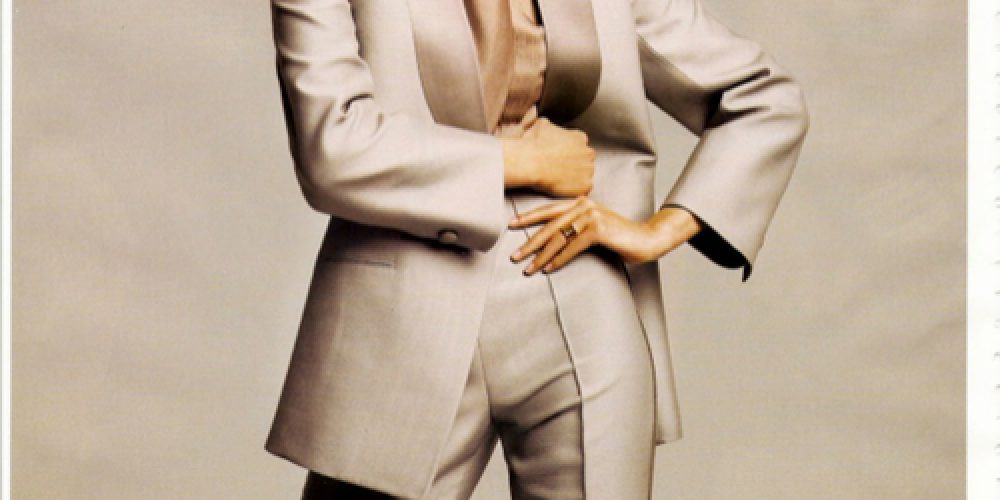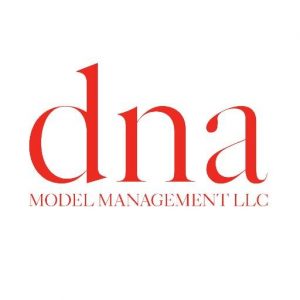Big career decisions face models constantly and deliberation can be a stressful, tiresome, and long process. Even if the right answer seems impossible to reach, it has to (and will be) made eventually. The Harvard Business Review outlines three steps to take to make good decisions faster, based on Rita Gunther McGrath’s article «Transient Advantage.» Ms. Gunther McGrath writes,
[…] It’s now rare for a company to maintain a truly lasting advantage. Competitors and customers have become too unpredictable, and industries too amorphous. The forces at work here are familiar: the digital revolution, a “flat” world, fewer barriers to entry, globalization.
Working in a highly competitive, unregulated, and unpredicatble industry, models are all too familiar with these challenges to strategy-building.
When faced with a decision, consider the following:
1. Know.
What is the ultimate strategic objective?
Let’s imagine that you’re booked for a low-paying editorial shoot, but a major studio is casting for a lucrative commercial project on the same day. The shoot will only pay $150 (CDN), but it’s a sure thing. By going to the casting you would not earn the $150, but could potentially earn $3000 plus usage and network with valuable clients. But perhaps the magazine you’re booked for is a big name (such as a Conde Nast publication) and could potentially yield returns in the future from increased exposure and a couple prestigious tears. In that case, both the editorial and the casting offer potential opportunities as well as significant risk. If the ultimate objective is to make a big name for yourself in the fashion world, the editorial might better fulfill your ultimate strategic objective. If your ultimate objective is to earn money quickly to pay of debts or make contract, taking the risk of going to the casting might better fulfill your ultimate strategic objective.
2. Think.
Think rationally about how your options align the ultimate objective.
The best way to improve decision-making is to broaden your frame of reference. Nick Tasler at the Harvard Business Review suggests consulting an «anti-you.» He writes, «The act of explaining your situation to another person often gives you new insights about the decision before the other person even responds. And the fresh perspective they offer in response is the second bonus.»
3. Do.
Do something with that knowledge and those thoughts.
After defining your strategic objectives, thinking through pros and cons, and consulting others, it’s time to make a choice. Mr. Tasler writes, «It is helpful to remember here that in the real world, «perfect» options are a myth. Decision-making will always be an exercise in coping with an unknowable future. […] The purpose of a decision is not to find the perfect option. The purpose of a decision is to get you to the next decision.»






